






































This Learner’s Book provides activities to support the third term of Let’s Explore for Cambridge Early Years 2.
Activities can be used at school or at home. Children will need support from an adult. Additional guidance about activities can be found in the For practitioners boxes.
Some activities use stickers. The stickers can be found in the section in the middle of this book.
Stories are provided for children to enjoy looking at and listening to. Children are not expected to be able to read the stories themselves.
Children will encounter the following characters within this book. You could ask children to point to the characters when they see them on the pages, and say their names.
The Learner’s Book activities support the Teaching Resource activities. The Teaching Resource provides step-by-step coverage of the Cambridge Early Years curriculum and guidance on how the Learner’s Book activities develop the curriculum learning statements.

Hi, my name is Rafi.
Hi, my name is Kiho.
Hi, my name is Mia.
Find us on the front covers doing lots of fun activities.

Hi, my name is Gemi.
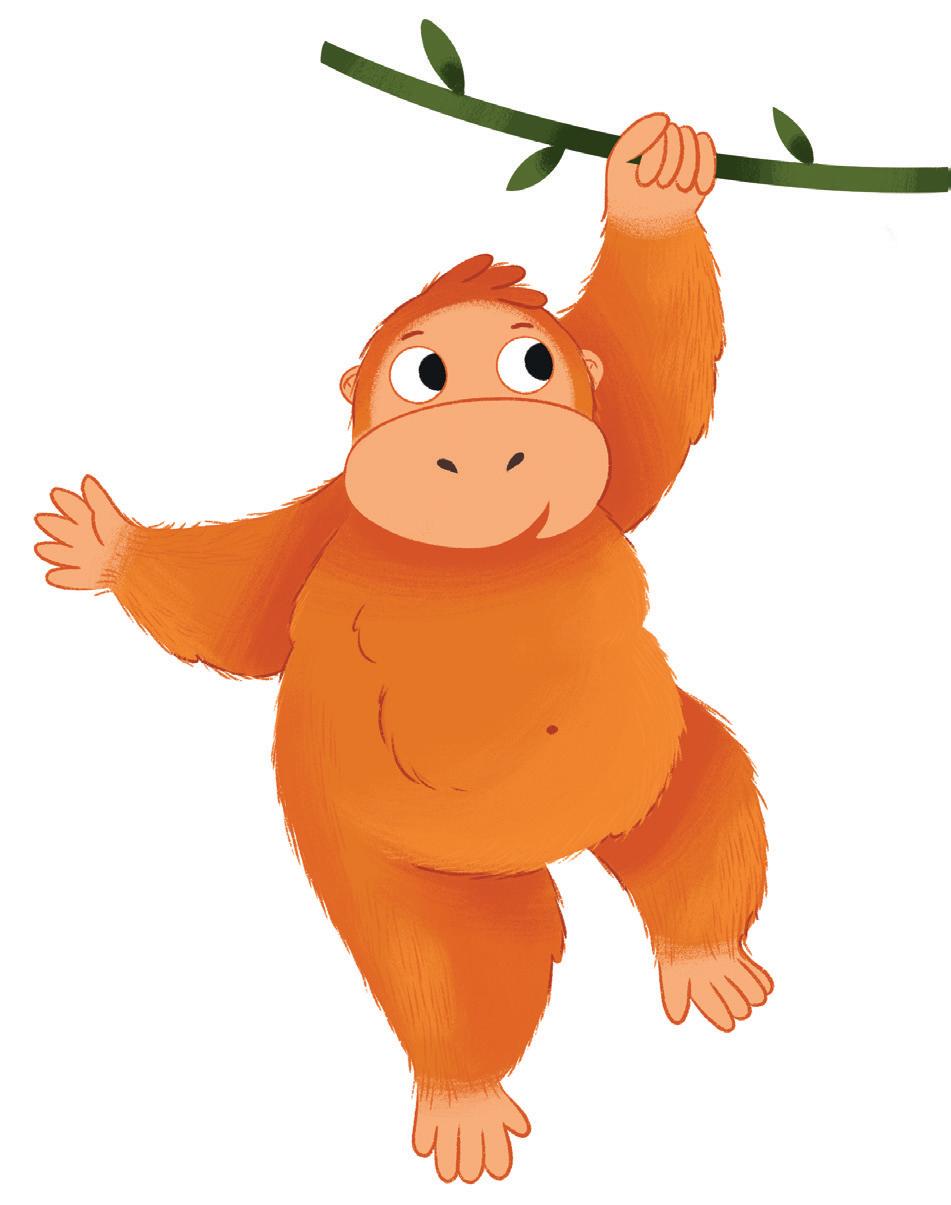



Choose stickers and say.





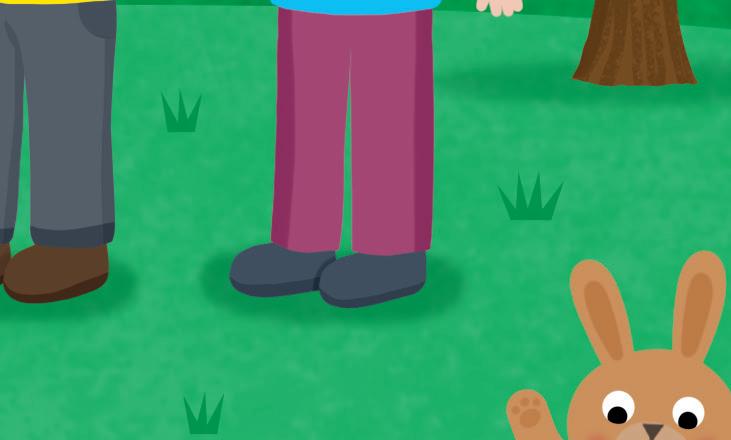






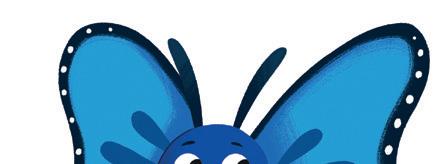



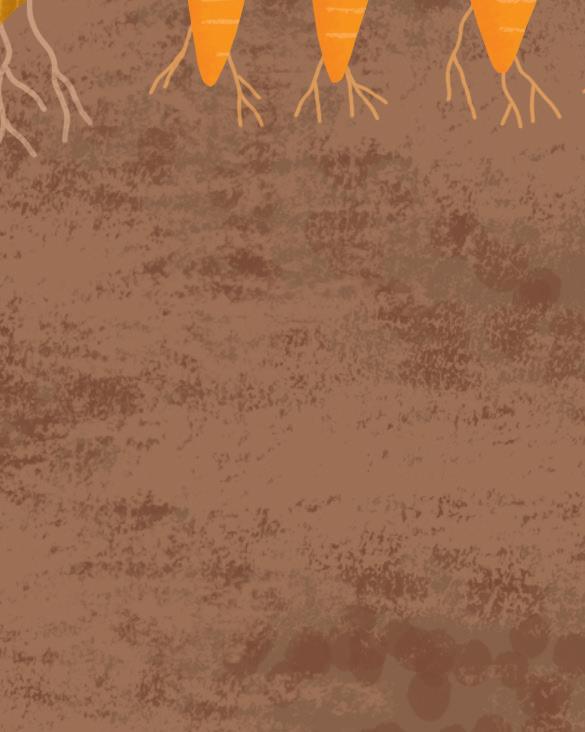
I don’t buzz. I don’t sing. Can you find me?
Look for blue wings!


















Children explore the picture and discuss what they can see. Children stick the matching pictures in place, e.g., grapes to grape vine. Encourage children to name the edible parts of plants they see and describe what the people in the picture are doing. Ask What do plants needs to grow? (water and light). Encourage children to find Mia in the picture.

Read and write.
Put the pictures in order.

Out comes the sun, yellow and round.

I’m a little seed in the dark, dark ground.
1

Up, up, up! The seed begins to grow!

Down comes the cool rain, soft and slow.
Explain that the pictures are not in the correct order. Point to the picture with the traceable number 1 and read the words, encouraging children to repeat after you. Say Look at the seed in the other pictures Which picture and words come next? How has the seed changed? Children write numbers 1–4 to show the correct order of the 4 pictures.



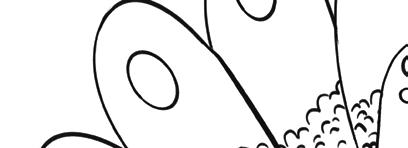









































Children examine the different patterns and try to describe them. They then match them to the animals and colour the animals in. Discuss each of the animal patterns and ask Do they look soft to touch? What colours are they? Can you see any stripes?